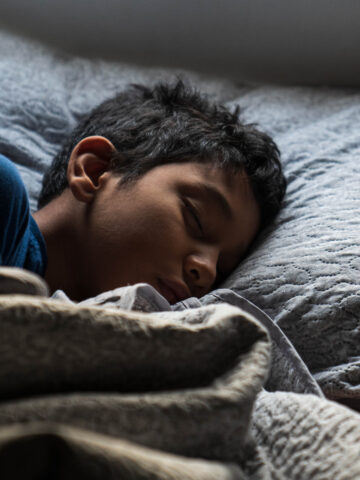By Sandra Merino, clinical pharmacist and Jennifer Nguyen, clinical pharmacy resident at CHOC
Summer is here! That means more time for camping, hiking, and other outdoor activities. With the amount of rain we’ve received this year, Orange County experts are predicting an increase in snake encounters this summer. Part of the reason is flash floods have destroyed many snakes’ homes, forcing them out to look for new homes, shade, and water. The other reason is rain allows for more vegetation, and more vegetation allows for more rodents, and – you guessed it – more rodents mean more food for the snakes! With all this in mind, we encourage parents to learn how to prevent or treat a snakebite, just in case you encounter one on your adventures.
If you or someone you know is bitten by a snake
- Step One: Seek medical attention as soon as possible or call local Emergency Medical Services (EMS). First aid is important, but only to hold you over until you can get medical attention. Do not treat the bite by yourself, since the anti-venin is only available at medical centers.
- Step Two: Keep the person still and calm. This prevents the venom from spreading, whereas moving around would allow the venom to spread to other parts of the body. Although it may seem strange, it’s best for the venom to stay in one place if possible.
- Step Three: Try to remember the color, patterns, shape and sounds of the snake. These details can sometimes help emergency responders determine whether the snake is poisonous, which may impact treatment. Not all snakes have venom!
- Step Four: While you wait for medical attention to arrive, practice these first-aid techniques:
- Lay or sit the person down with the bite below the level of the heart
- Keep him/her calm and still
- Cover the bite with a clean, dry dressing
- Step Five: Don’t overthink it. You might start remembering all sorts of crazy techniques that your neighbor, uncle, or childhood friend told you; but remember: the list of good first aid techniques is short. It’s better to do minimal first aid than bad first aid.
- Do NOT suck out the venom
- Do NOT slash the wound with a knife
- Do NOT pick up the snake or try to trap it
- Do NOT apply a tourniquet
- Do NOT apply ice or immerse in cold water
- Do NOT drink alcohol to ease the pain
- Do NOT drink caffeinated beverages
What if you’re alone on a remote trail? What if there’s no cell service?
- Stay calm. Slowly move yourself 20-30 feet from the snake and find a safe place to sit down. Sitting down can reduce the chances of fainting within the first couple minutes.
- Remove any rings, jewelry, or restrictive clothing from the area of the bite.
- Try calling 9-1-1. If you don’t have cell service, yell out loud for help. If someone is within earshot, they may be able to help you.
- Take a minute or two to come up with a plan.
- If you truly find yourself alone on the trails with no cell phone service, start walking to the nearest place where you can get help. This may be the trailhead, a park ranger station, or the last place you had cell phone service. The risk of spreading the venom while walking is less than the risks of staying in one place without medical help.
Signs and Symptoms of a Venomous Snake Bite
- Extreme pain
- Ulceration, redness and swelling at the bite site
- Excessive bleeding or bruising
- Blood clots
- Low blood pressure
- Increased sweating
- Disturbed vision
- Nausea and vomiting
If you have a marker or pen, mark the area of swelling with the time noted. This can help emergency providers calculate how fast the venom is spreading.
Other dangers of snakebites
Snake venom can cause bleeding problems. Do not take ibuprofen, naproxen, Aleve, Advil, Motrin or other non-steroidal anti-inflammatory drugs (NSAIDs) to relieve the pain from a snake bite. These medications increase risk of over-bleeding. Acetaminophen (Tylenol) is usually fine.
There is an antidote available at healthcare facilities called CroFab (crotalidae polyvalent immune fab, ovine). This is an antivenin specifically for some venomous snakebites. In the rare situation where you may find yourself needing this antidote, it is important to let your healthcare provider know if you have an allergy to sheep, papaya, papain, or pineapple enzymes. Having these allergies increases your risk of having an allergic reaction to the antidote, which your health care provider needs to take into account to manage treatment.





